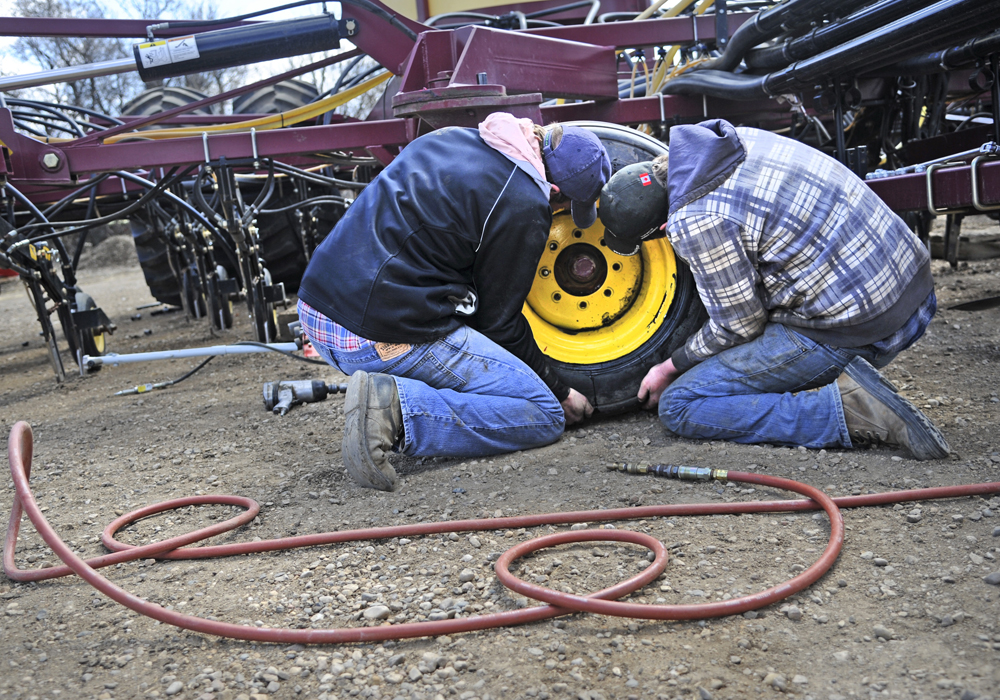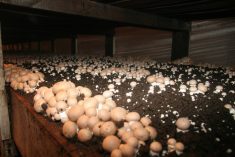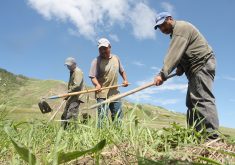A recently released report expects that the grain and oilseed sector will be short 10,000 agricultural workers by 2029
There could be 10,000 job vacancies on Canadian grain farms by 2029.
The Canadian Agricultural Human Resource Council recently released a new report on labour challenges in agriculture, looking specifically at the grain and oilseed sector.
In 2017, Canada’s grain and oilseed farmers employed 38,750 workers, but 2,000 jobs were unfilled, CAHRC said.
In nine years the labour shortage could be much worse.
“By 2029, it (the grain and oilseed sector) will need 42,500 workers and the labour gap is predicted to reach 10,600, which means that one in four jobs will remain vacant,” CAHRC said in a release.
Read Also

Europe holds promise for Canadian lentils
Pulse Canada is trying to help boost lentil consumption in Europe, which is already the fourth largest market.
“This situation is largely the result of two factors: the loss of 39 percent of the current workforce to retirement and the shrinking of the domestic workforce by 6,900 workers over the forecast period.”
The potential shortfall is a massive threat to Canada’s agriculture industry. The grains and oilseeds sector has been on a roll for most of the last 12 years with increased exports and sales of canola, soybeans, wheat and other crops.
The labour shortage could handcuff producers, who are already struggling with labour issues.
A CAHRC survey found that labour shortages cause excessive stress for 87 percent of farm owners.
“Additionally, 65 percent (of farmers) blamed production delays on labour shortages and 48 percent said they caused lost production,” CAHRC said. “As the labour gap widens, these financial impacts could cost the industry significantly more in terms of lost sales as well as inhibiting its ability to grow to its full potential.”
Thousands of Canadian farmers are short of workers, but there’s little evidence that they’re changing their strategies to attract new employees, says Evan Shout, president and co-founder of Maverick Ag Ltd., a consulting firm in Saskatchewan focused on insurance and data analytics.
“Right now, farms are still stuck in the cost versus investment. A new employee is a cost. It’s just another cash-flow (going out),” Shout said in December at the Farm Forum Event in Saskatoon. “We need producers to start looking at an employee as an investment in your business.”
Farmers need to sincerely compete with other industries for labour, Shout added.
That means offering things that are normal in other careers, such as pension plans and benefits.
“As farmers, we have to start creating processes to find labour — and not only to find labour, but to keep it,” he said.
The CAHRC report, How Labour Challenges Will Shape the Future of the Grain and Oilseed Industry: Agriculture Forecast to 2029, includes data on the financial impact of the labour shortfall.
CAHRC estimates that Canada’s grain and oilseed sector lost $594 million in sales in 2018 because of labour shortages.
















